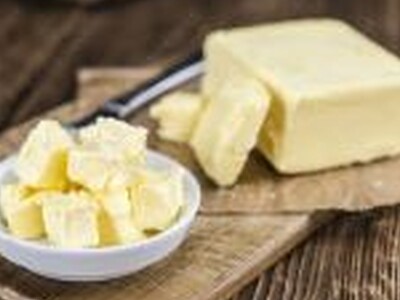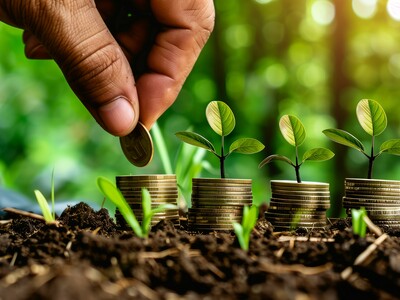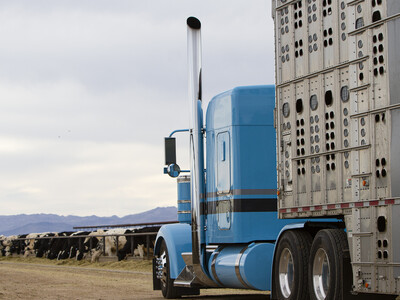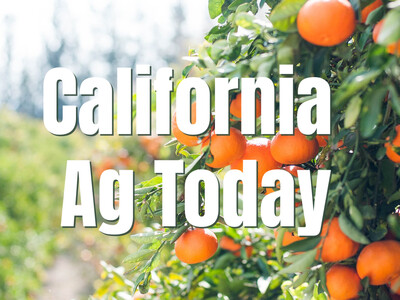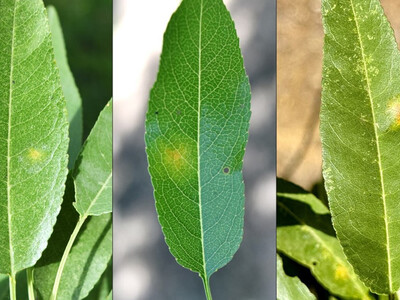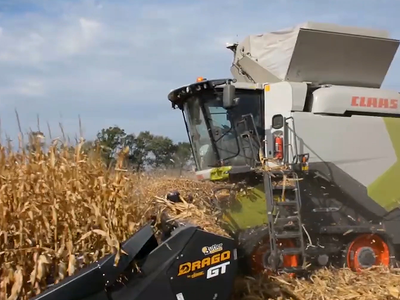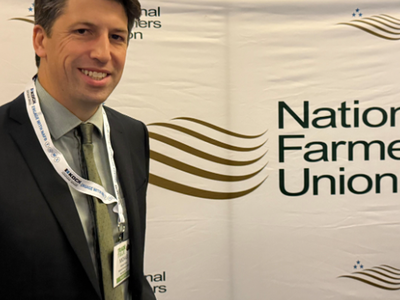Utilizing REAP
Utilizing REAP. I’m Greg Martin as Line On Agriculture presents the Harvest Clean Energy Report.
The government has been coming to the table with funds for clean energy projects and most recently with their REAP funding or Rural Energy for America Program. Daryl Maas, co-founder of Farm Power in north east Washington State has taken advantage of REAP to utilize biodigesters.
MAAS: Well digesters are a technology that comes out of the sewer industry but what they basically do is they process cow manure and other food wastes, any sort of organic waste in such a way that bacteria decompose the manure and they release methane gas and methane gas is the main energy component in natural gas. So it’s basically a way of getting natural gas – or we call it biogas – out of waste.
Maas and his brother work with dairy operations to conveniently locate a facility.
MAAS: What our company does and what other people have done across the country is we’ve put in these anaerobic manure digesters on farms that have a lot of dairy manure and you put in a facility right there that harvests all the gas out of the manure and burns that gas to create electricity for sale to the utility.
Most dairy operations are too small to get into the digester side of things and that is where Farm Power comes in.
MAAS: Dairy farms already pump their manure to a lagoon every day so the key is finding a location where the farms are relatively close together and there’s not a lot of natural obstacles, you can just put in a pipe. So then the farmer instead of once a day he collects all the manure in his barn, he pumps it out to a big pond he has. So all we ask him to do is say hey instead of pumping to your own storage pond, how about you put in a pipe and you pump it to us instead and we process it for about 3 weeks and then when we’re done we pump it to their storage pond for them.
Using the REAP funds Maas has been able to implement this plan with good results and in fact the process produces almost no waste and it’s available at no cost to the dairy farmer.
MAAS: We recycle the gas, the liquid and the solid. We even when we’re running our generator, we’ve got to keep that digester at 100 degrees Fahrenheit because that’s the environment the bacteria likes so we reuse the hot water from our generator to keep our digester warm. So it’s an amazing loop of reusing everything. Using the gas to make power, using the heat from the power generation process to keep the digester warm. It’s a really cool system, them main problem is just getting it set up.
For additional information on clean energy, visit harvestcleanenergy.org. That’s today’s Line On Agriculture. I’m Greg Martin on the Northwest Ag Information Network.
www.harvestcleanenergy.org





